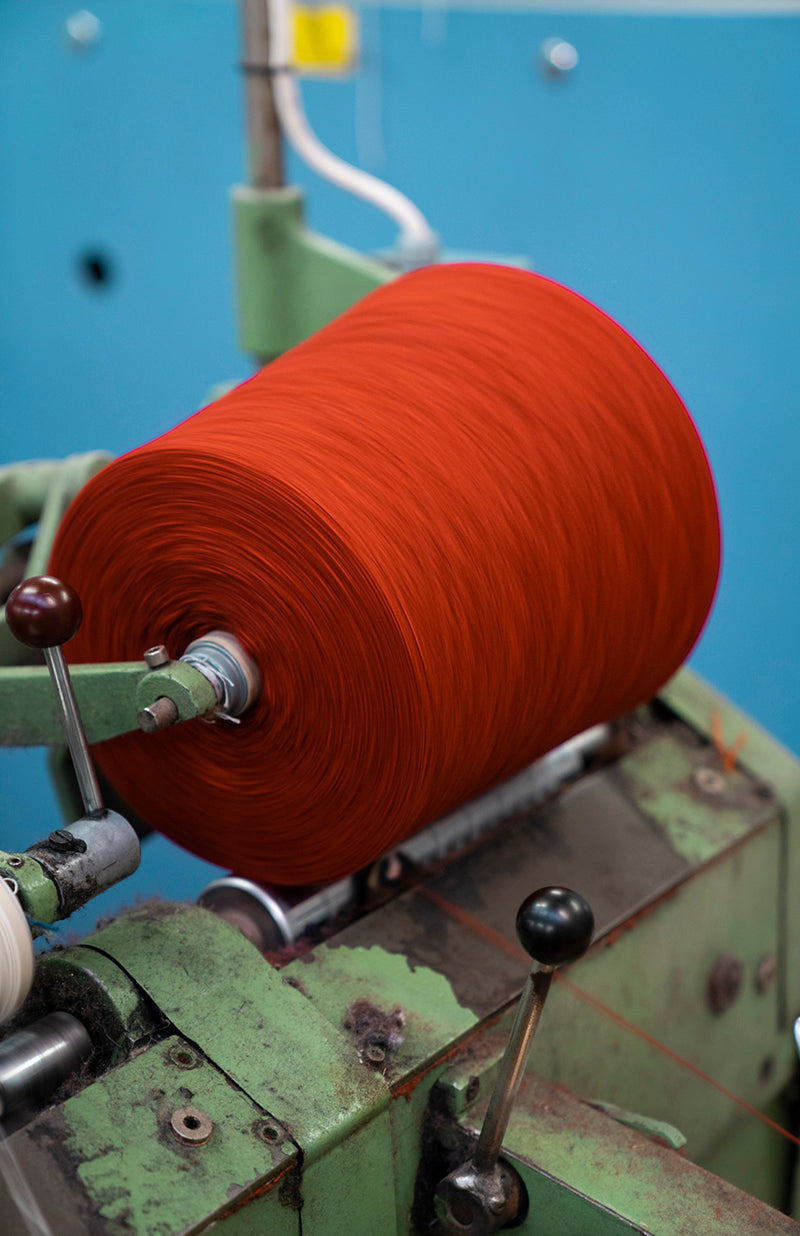
The icelandic wool - with icelanders since colonization
The basis of our activity, the Icelandic wool, has evolved for 1100 years in the cold, northern climate and therefore possesses unique characteristics. The resulting wool is light and water repellant with superb heat retention and breathability.
The sheep graze freely in the pastures in the summertime and are mainly fed on wild grass.
The uniqueness of the Icelandic wool lies in the fact that it is divided into fibers called tog and þel. Only a handful of the hundreds of sheep breeds existing in the world today have such a double-hair structure that results in its excellent insulating properties.
About 500,000 sheep exist in Iceland, and their wellbeing and the preparation of the wool is closely monitored. Shearing is an important part of their welfare and for most farms this takes part in autumn and spring.
supply chain
The production process for making wool yarn is as environmentally friendly as possible, safeguarding what the wool represents.
Water vapor from geothermal heat is mainly used as an energy source in the production of Icelandic woolen yarn. When the wool is washed, the use of chemicals and detergents is kept to an absolute minimum to ensure that the natural fat is not lost so the wool keeps its natural warm, light and water repellant features. Nevertheless, we constantly work on improving the texture and softness of the wool without losing what the wool stands for.
